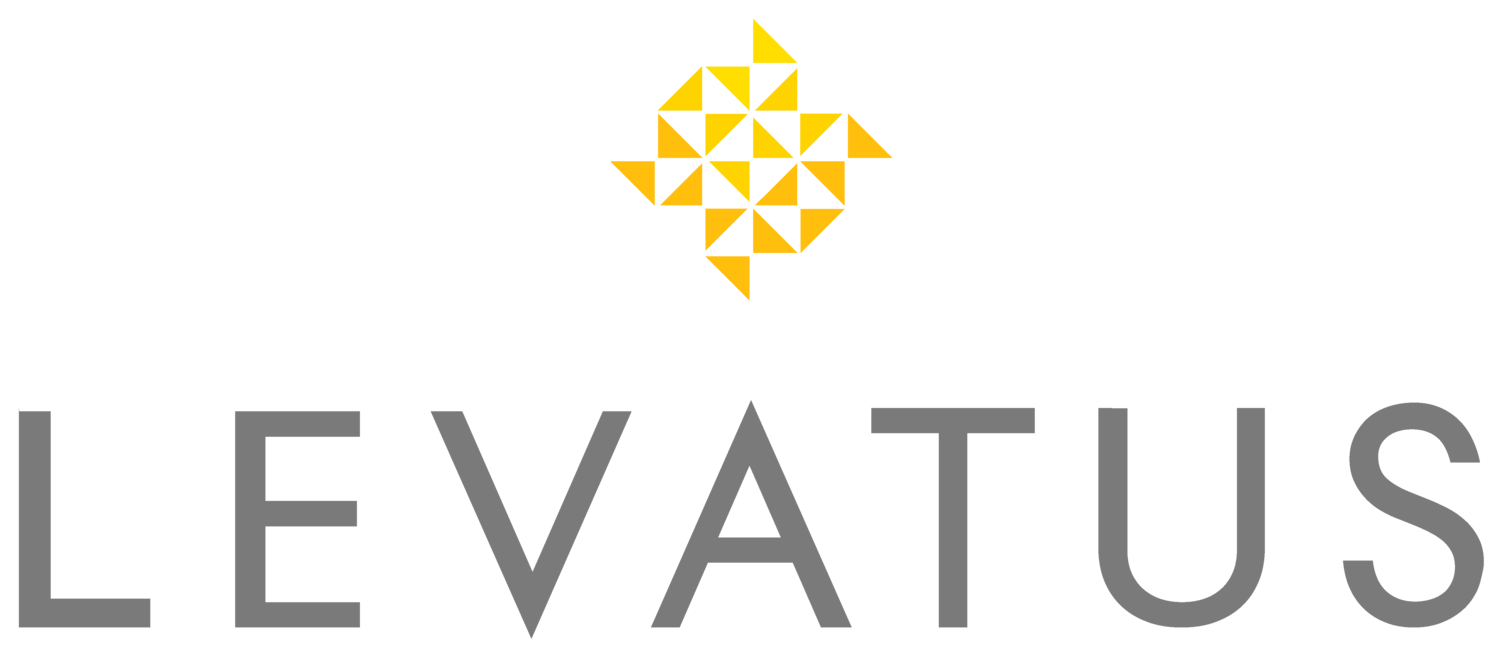LEVATUS Perspective | UPDATE | New Tax Proposal Not a Repeat, But It Rhymes
The tax framework included within the Build Back Better bill has shifted since we originally wrote this article at the end of October, 2021. Below is an annotated version of the article that highlights significant changes to the proposal.
November 5, 2021
Over the past year a slew of potential tax and spending measures have emerged from Washington. Almost all have failed to reach escape velocity. This week a new ‘Build Back Better’ spending and tax framework was floated. It included a pared back list of spending and tax objectives, with some significant differences from previous versions.
Key differences and similarities in revenue raising elements of the proposal:
· The bill still targets the wealthy to raise most of the new revenue
· The plan would levy a tax surcharge on those making over US $ 10 million
· The plan would not levy an unrealized capital gains tax on billionaires
· The framework does not raise the top 37% income tax rate (except via surcharge on those making over US $ 10 million)
· The new bill does not raise the 20% top federal dividend and capital gains rate (except on those subject to the proposed surcharge)
· The new plan would not impose new required distributions from big retirement accounts THIS PROPOSAL HAS CHANGED, SEE BELOW
The newest proposal changes this position, and now targets big retirement accounts over $10 million. High-income taxpayers with combined IRA, Roth IRA and defined contribution retirement account balances in excess of $10 million at the end of the prior taxable year will be required to take a minimum distribution. Generally, the distribution will be 50% of the amount by which the aggregate account values exceeded $10 million in the prior year. If total account balances are over $20 million, there is an additional requirement that a portion of the distribution come from Roth IRAs and Roth accounts in defined contribution plans. Failure to comply with this provision would result in a 50% excise tax of the amount by which the required distribution exceeds the actual amount distributed.. This provision would be effective for tax years beginning after Dec. 31, 2021.
· The framework does not appear to create any changes to existing rules around ROTH conversions THIS PROPOSAL HAS CHANGED, SEE BELOW
The new proposal eliminates the ROTH conversion strategy for both IRAs and/or employer-sponsored retirement plans for high-income taxpayers. This provision would be effective for taxable years beginning after Dec. 31, 2031.
In addition, regardless of the taxpayer’s income level, all after-tax contributions to qualified plans or IRAs would be prohibited by from being converted to Roth accounts. This provision would be effective for distributions, transfers and contributions made after Dec. 31, 2021.
· The new plan would not alter rules around estate taxes and trusts (although some of these rules will change when existing legislation sunsets in 2025)
· The new tax structure would apply to taxable years beginning in December 2021 (not retroactive as in previous proposals).
The proposed tax surcharge on people making over US $10 million would impact 22,112 taxpayers, according to IRS records. The proposal includes a 5% surtax on modified adjusted gross income of more than US $10 million, and an additional 3% on income of more than US $25 million. This would mean that the highest earners pay a top 45% federal marginal income tax rate on wages and business income, versus the current 37% rate. They would also pay a 28% top federal rate on long-term capital gains and dividends, plus the existing 3.8% net investment income tax.
This tax surcharge framework would be applied based on modified adjusted gross income, and not taxable income, meaning that the tax is calculated before charitable deductions and other tax breaks. The net result, more taxpayers will be impacted.
While it is still unclear whether this new proposal will get over the finish line, it would create some significant planning questions.

